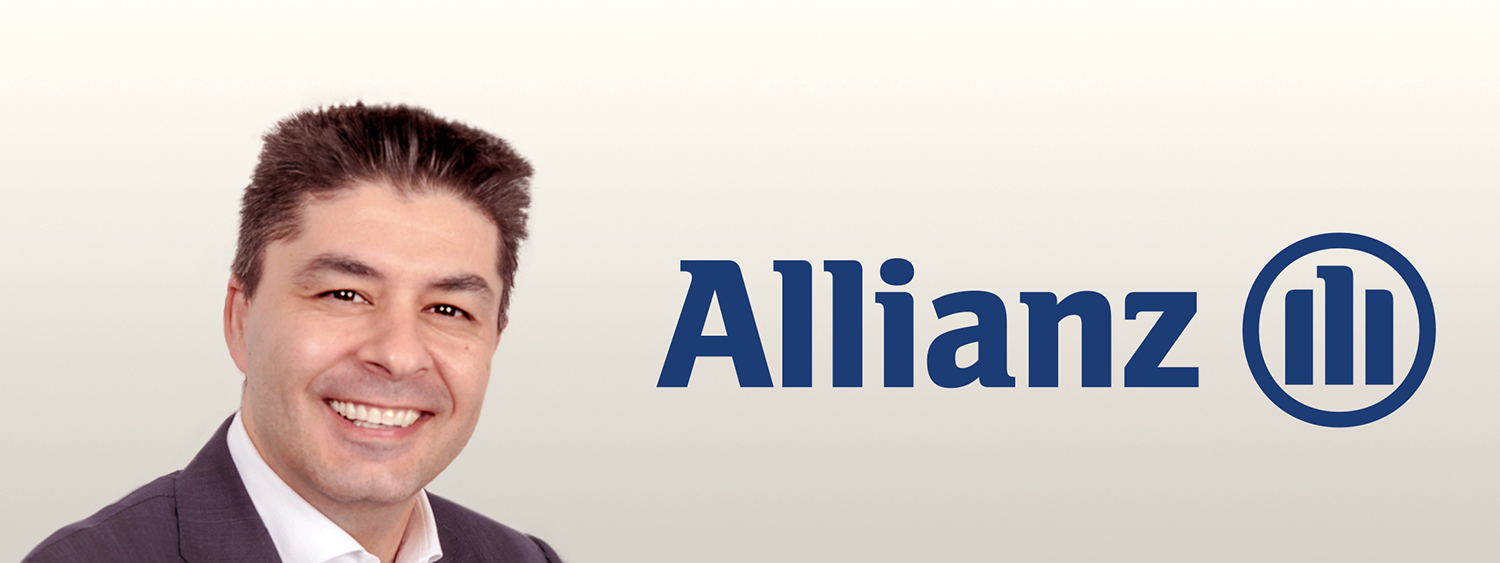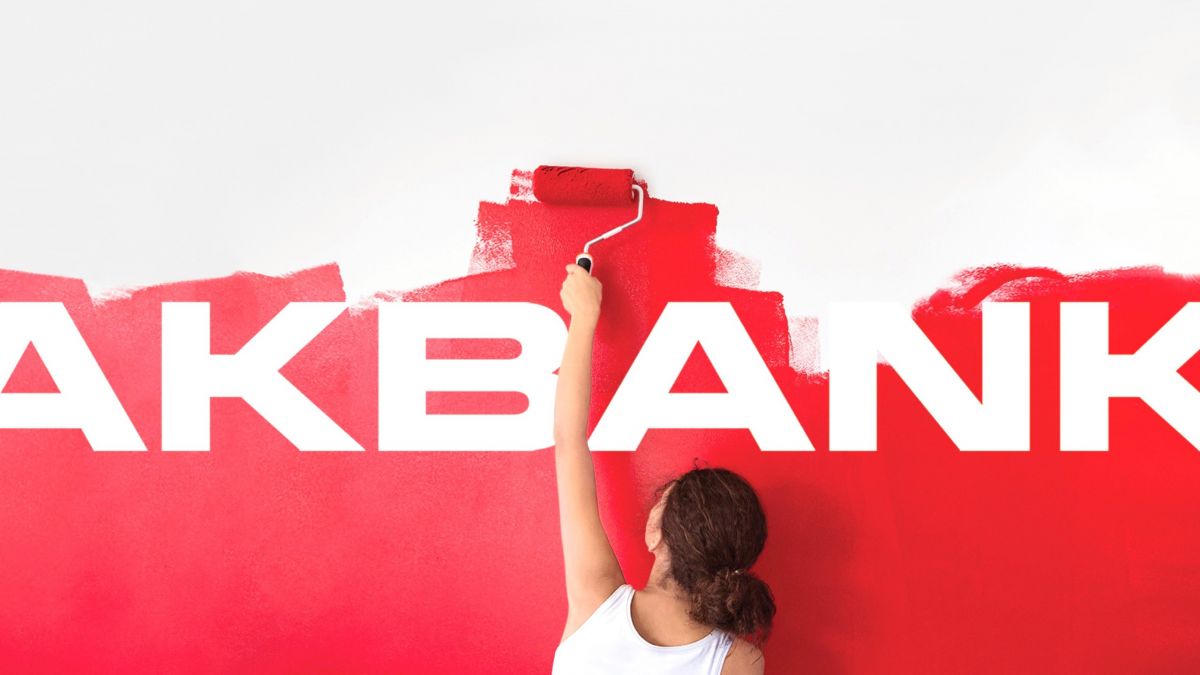About
With CRAAM in place, Taipei Fubon Bank (TFB) improves the accuracy of customer risk evaluation by nearly 50% since the proportion of over-estimation and under-estimation are declined from 17.0% to 8.8%.
Innovation presentation
In order to protect the interests of customers, TFB establishes a comprehensive mechanism to make sure the suitability of investment products to the customers before providing. For enhancing the accuracy, CRAAM is built on artificial intelligence (AI) technologies to assist the customer risk evaluation. By defining the anchor question first, CRAAM then runs Partial Least Squares Regression (PLSR) to forecast the implied risk tolerance of customer and employs machine learning method K-Means to decide the customer risk attribute. Additionally, a 2-dimensional willingness-capacity downgrade matrix set in CRAAM helps to fix the bias of evaluation due to the scores aggregation.
Uniqueness of the project
There are several challenges in developing a comprehensive customer risk evaluation framework, but two stands out: (1) accurately capturing the actual risk tolerance of a customer, (2) grouping customers in a reasonable manner. CRAAM intends to solve these problems by combining both supervised and unsupervised machine learning techniques. First, to accurately capture the risk tolerance of a customer, CRAAM utilizes supervised learning algorithm.
By defining the anchor question, i.e. Q12, CRAAM collects data from “Customer Risk Attribute Assessment Questionnaire” (see the Annex) filled by 52,681 customers in 2018 and runs PLSR to forecast the implied risk tolerance of the customer. In order to achieve this, PLSR first employs a dimensional reduction technique to transform customers’ responses to the questionnaire into model components. The algorithm takes the components to model against the anchor question to gain the customer risk tolerance (see Figure 1 in the Annex).
It is often difficult for customers to accurately describe their risk tolerance in a numeric manner, and sometimes a customer’s understanding of his/her risk appetite can perhaps vary greatly from reality. The outcome of the risk tolerance predictions with dimension reduction technique is desirable since it takes into account the actual characteristics of a customer and compare it to the entire customer base to capture the actual risk tolerance of a customer (see Figure 2 in the Annex).
The second part of CRAAM model framework is based on K-Means clustering algorithm, an unsupervised machine learning technique. Instead of traditional human defined, the clustering method seeks to find groups of customers that are naturally alike in terms of their risk tolerance, and seek optimal grouping (see Figure 3 in the Annex).
The advantage of this hybrid model is the separation of customer’s risk tolerance predictions and optimal grouping. While it allows the flexibility of the risk rating cutoffs and different number of groups, the product appropriateness mechanism could be adjusted dynamically under different market conditions (see Figure 4 in the Annex).
A customer’s willingness and capacity to take risk sometimes differ greatly, and it’s often the root cause for customer complaints. Traditional models often fail to capture the bias of evaluation due to the scores aggregation. For prudent purpose, the final component of the CRAAM is a 2-dimensional willingness-capacity downgrade matrix mechanism. With this matrix, TFB can flag customer with significant differences in their willingness and capacity to take risk, and give them more conservative risk attribute.










